Banes Archaeological Capital of Cuba
The sites located in the Archaeological Area of Banes have been recognized as evidence of one of the most powerful expressions of the development of ceramic farming communities in Cuba, providing for many years basic aspects for their characterization at the island level.
Juan Pérez de la Riva considered this area as the one with the highest demography in the archipelago. Aguas Gordas, 10 km east of El Chorro de Maíta, is one of the earliest meillacoid-based contexts in Cuba. It proposes a settlement pattern in heights, and at a certain distance from the sea, very different from that of southern locations, which will be projected in time, becoming a distinctive feature of the indigenous presence in this area and in much of Cuba. At the economic level, a feature of this pattern, it is characterized by the management of various sources of food resources, always with a significant marine component.
There are indications of strong demographic growth in the earliest places in Banes from which movements to nearby places are generated, forming groupings of sites marked by a certain zonal identity. This is sustained in the similarity of certain cultural aspects, and in their adjustment to specific geographic environments within the area. The oldest sites, always the largest, remain in use for several centuries, concentrating materials of a ceremonial and sumptuary nature, a detail interpreted as an expression of growing social complexity and territorial leadership, clearly consolidated during the 15th century AD. Three groupings of sites are recognized, apparently delimited by geographical accidents: one on the east side (Banes), another in the Samá-Río Seco area, in the north-central part, and 78 of Yaguajay, in the extreme northwest. The 25 archaeological locations of farmers identified in the latter are located between the coast and the eastern and northern slopes of Cerro de Yaguajay, an area of ??around 50 km² with the highest density of sites in the entire Archaeological Area of ??Banes, both for the of this cultural affiliation as well as for archaic contexts.
The set of sites in the Yaguajay area follows an order of verticality that begins with residential contexts, located mostly on elevations, always on very fertile lands; The Chorro de Maíta is in the highest position. It continues with stops or camps, located between the coast and the habitation sites, and ends with a few residential settlements and stops on the coast. Both in the heights and in the coastal plain there are caves for funerary use and in some cases ceremonial. The room on the coast - the Guardalavaca and Punta de Pulpo Cemetery sites - specialized in marine exploitation and perhaps was able to guarantee control of this basic area of ??resources and with it the outlet to the sea of ??the inland groups. The remains of fishermen-gatherers, very close to these agricultural sites, are an indication of the early occupation of the place, perhaps from the interest in taking advantage of its natural resources
The Banes subregion within the geographic landscape of the northeastern region of Cuba, presents unique characteristics that made it in all its aspects an exceptional space for human habitation, especially that of aboriginal groups practicing agriculture with a social composition community of village habitation and evolved Neolithic culture.
The occupation of the Aruaco aboriginal agriculturalists of the archaeological area of ??Banes constitutes one of the largest and strongest expressions of pre-Columbian societies in Cuba. They took advantage of all the natural resources made possible by the subregion, privileged for its wealth, which allowed village settlements at an appropriate equidistance between the optimal areas for hunting, gathering and fishing, as well as for the development of agriculture, with a fertile environment, and the existence of rivers with abundant drinking water. Only this ecosystem explains the concentration of great human habitation.
This is one of the Cuban regions with the oldest and longest human habitation, evidenced in more than a hundred archaeological sites, belonging to the subtaine culture that have been studied.
The settlements were located on the cusp of the hills of not much height and with an abundant aguada a short distance. The houses were, almost always, distributed in a more or less circular way, leaving a plaza as the central area, and these averaged around ten. The sites that show Indo-Hispanic contact are inland, generally more than 3 km from the coast.
In 1929 the excavations and investigations began that have extended until the present time. They have reported the existence of sites with pre-agricultural and agro-agricultural affiliation, also offering a vision of the characteristics of the material and spiritual culture of the aborigines who inhabited this area.
Dr. José Manuel Guarch del Monte, taking into account that there are various periodizations and classifications of the first inhabitants of the Island, proposes a structure taking into account the economic aspects and their general evolution. Therefore, the two great stages that - it is estimated - characterize the history of the Cuban aboriginal communities are taken:
.- Primitive gentile communities (appropriation economy).
.- Developed gentile communities (productive economy).
In the case of Banes, the characteristics of its first inhabitants are manifested in correspondence with them. In the stage of an appropriation economy the aborigines engaged in subsistence activities, dependent on hunting, fishing and gathering; while in the economy of production agriculture became the fundamental economic activity.
Evidence indicative of the fusion of cultural elements from the appropriation economy and the production economy has been located in some sites, in the context of what archaeologists have called the Baní cultural variant.
In the production economy stage, an intensification is observed in the number of certain artifacts or work instruments, such as pottery in pots, burenes, shell scrapers for cassava bark, petaloid axes and occasionally net submersible. However, the lithic instruments: hammers, grinders and mortars decreased.
Banes is home to one of the most important agro-ceramic archaeological groups on the island. Among the reported residues, some of the earliest in the country stand out and most of those where it is possible to find evidence of Indo-Hispanic contact. The ceramic is monochrome and generally ranges from dark brown to light brown, sometimes reddish in color. In the types of design there are various variations, determined by the wide range of combinations, repetitions and various arrangements, in some cases with great complexity, showing various decorations incised on panels and a particular development of the handles. The shape of the pots was not very varied, the pots predominate.
The archaeological studies carried out by the Northeast Department of Archeology in the 1990s corroborate Irving Rouse's criteria on the statigraphic position of the finds, since the sites El porvenir and Chorro de Maíta present European remains from the 15th and 16th centuries in the upper levels, while Esterito and Loma de la Campana have more than one dating carbonic radius that fixes their room in the 15th century, which helps to understand the clarity in the statigraphic positions of the incised decorations of the set of waste rooms and reaffirms their meaning chronological.
As in the rest of the subtaine communities of Cuba, the caves were used for eminently funerary purposes. In many cases there do not seem to be "burials", but rather the dead were thrown into them, sometimes accompanied by offerings, among which idols of stones or shells predominate.
On the other hand, in the Yaguajay area, despite the existence of caves, burial sites are also reported, such as El Porvenir and Chorro de Maíta - which report abundant aboriginal archaeological material and numerous objects of ceremonial use and body adornment, made of stone, bone and shell. Clear evidence of Indo-Hispanic contact appears at both sites. The burials were accompanied by offerings "typologically different, varied or exceptional."
At the El Porvenir site, one of the burials found contained several pieces of ceramics, including broken Spanish ceramics, but repaired in order to serve as an offering. Regarding the positions of the burials, they were generally flexed, some with the trunk supine and others on the side.
At the Chorro de Maíta site, in addition to all the positions reported up to that moment, variants not previously collected were found, which raised new questions for the study of funeral ceremonies. There is no uniformity in the direction of the burials, although the highest percentage of the skulls are located in the north-west quadrant. This determined the criteria of Dr. Guarch when he stated that "apparently, they had some ritual reason to place the corpses preferably in these directions."
The positions also showed variations, as most of the skeletons appeared supine, some with their legs extended and others flexed. In addition to being some in the familiar typical position, with the body on its side and the legs bent.
The fact that homogeneity has not been observed with respect to the orientation and position of the skeletons in this cemetery and the values ??obtained for certain forms of burial, indicate that it is not a matter of casuistic events, but rather the practice of the group's funeral traditions; some irregularities could be due to the insertion of new traditions amid deep socio-cultural changes.
This site is of great importance due to the amount of burials and its condition as an area exclusively dedicated to mass and continuous funerary worship. Coupled with the fact that very few burials have offerings, while a large number of them have personal ornaments, which were mainly presented on female corpses. Dr. Guarch considered it "the best catalog and evidence source for the study of the manifestations of funerary cult of the aboriginal Cuban farmers."
The appearance of metals in archaeological finds in the Antilles is not frequent. However, in Banes and in a particular way in the Chorro de Maita, related to a set of objects that perhaps formed one or more necklaces, and that included guanines, pearl and quartzite beads, two cylindrical gold beads appeared, of only 2 mm in diameter, probably made using seeds of alluvial origin. They are the only pieces of gold that do not maintain the laminar pattern.
The most spectacular jewel found in Chorro de Maita is the 10 carat gold idol, with a gold-copper-silver alloy, weighing 3.5 grams and 23 mm in height. It represents a stylized bird's head, hardly recognizable, although some researchers identify it with Inriri Caubabayael, who is a mythical woodpecker that opened the female sex to the asexual beings of the Antillean myth, turning them into women who originated part of the Antillean Arauca ethnic group. It is a very elaborate jewel, it shows the delicacy of the goldsmith. It is a singular piece in its morphology for the Caribbean aboriginal art.
Also in that same corpse, 4 earrings in the form of trapezoidal petaloid sheets forged in 10-carat gold-silver-copper were exhumed. Very similar plates have been found in other places in Cuba, but not with that concentration. In the same way, a small guanín rattle appeared with a gold-copper-silver alloy.
All those pieces of gold found in the Chorro de Maita, apparently were part of a necklace.
The gold idol, found in 1947, at the Santana Sarmiento de Yaguajay site, made with the forging technique. Used as an offering to the goddess Atabey, a symbol of fertility, it reflects a naked woman who supports a vessel on her belly and whose head is adorned with feathers like plumes and ears in the shape of a spiral. It represents life through a woman's closed mouth and eyes shaped like coffee beans. It is a decorative idol where 10 karat gold is used, the product of an alloy of gold and copper.
The idol Maquetauro Guayaba is very representative, which embodies important elements related to life and death, which is made from the central axis of the Strombus Giges (cobo), a material widely used by our primitives for making artifacts; This idol was declared a symbol of the city in 1985. Perhaps because they live very close to the sea and rivers, our primitive inhabitants used shells abundantly as raw material for the manufacture of their artifacts after extracting the animal and taking advantage of it as food, that is why in all the archaeological sites of the region we can find abundant remains of shell material. Thus it was, that by the use of the shell it was determined that the idol symbol of the city was one precisely made with this material.
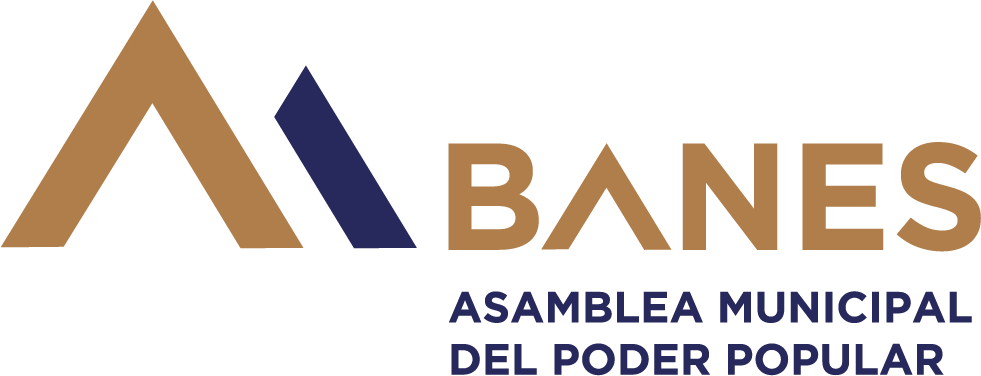
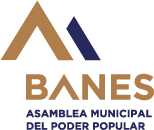

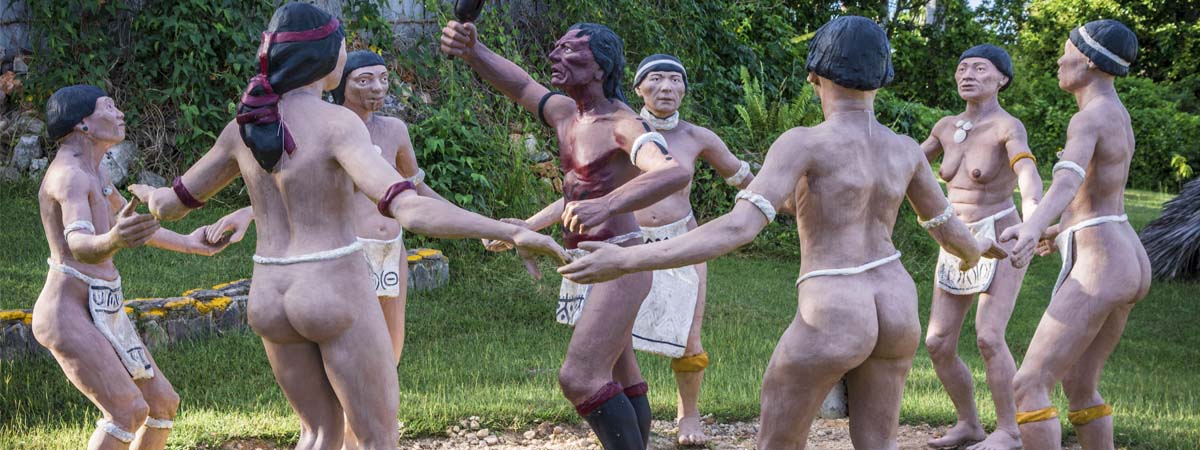
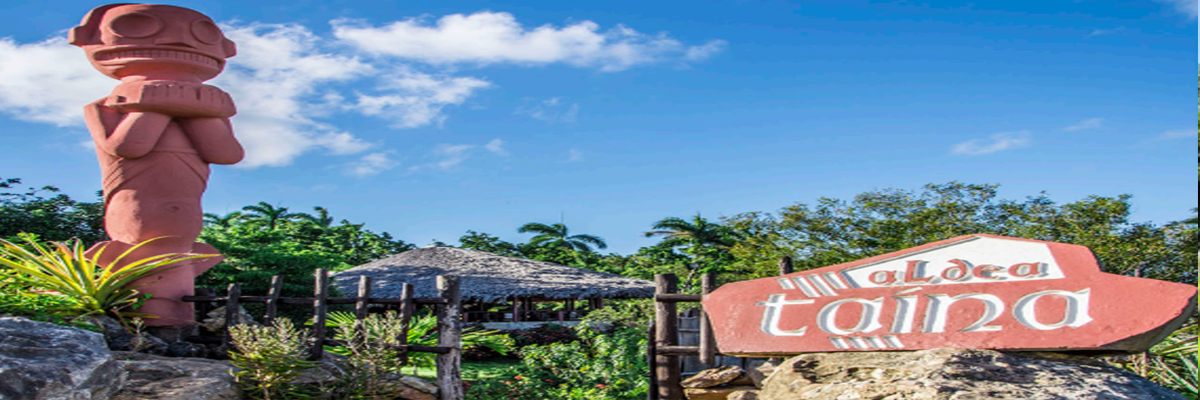
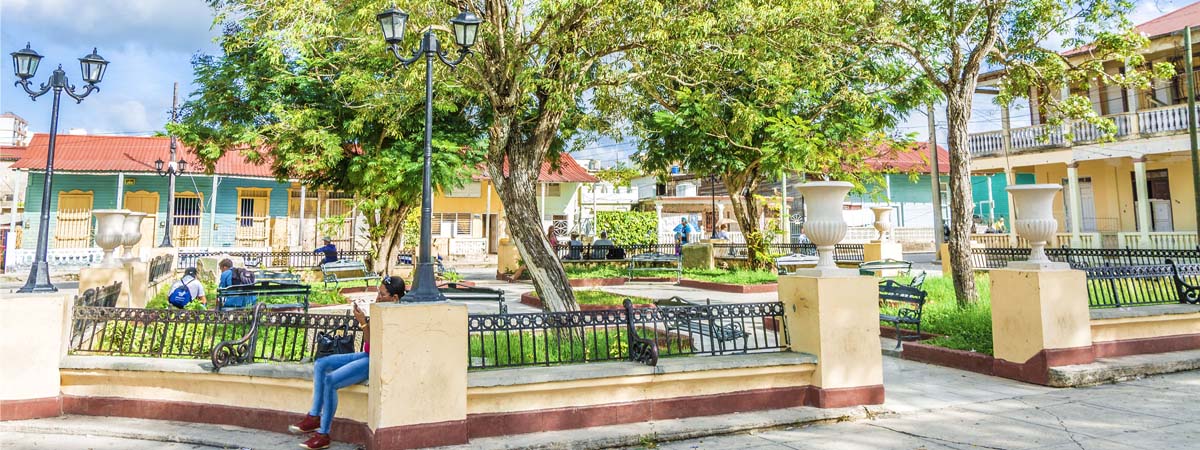
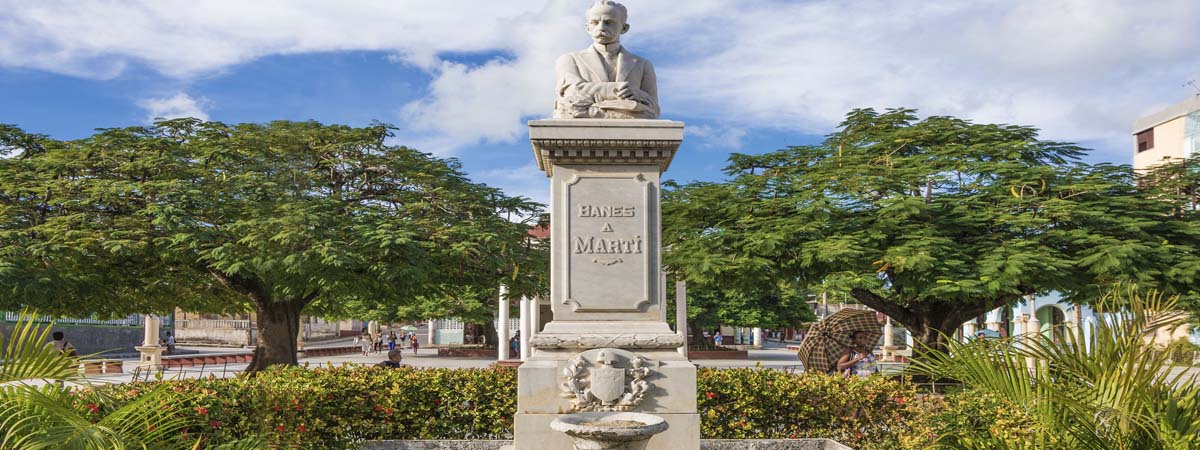
 Subscribe to RSS Feed
Subscribe to RSS Feed






